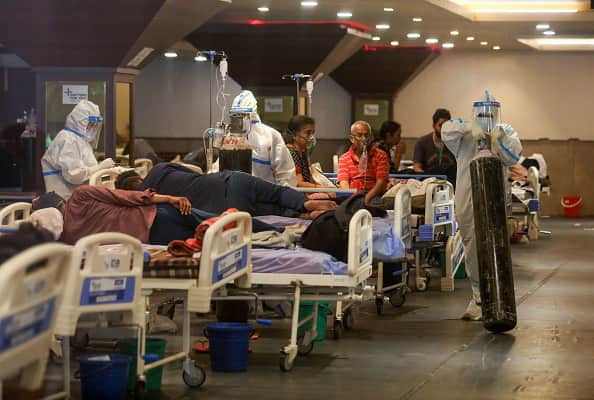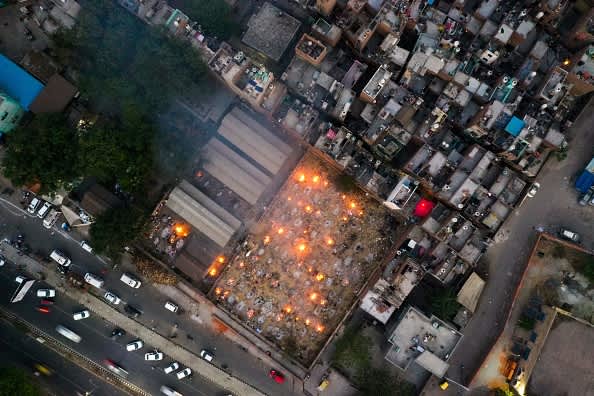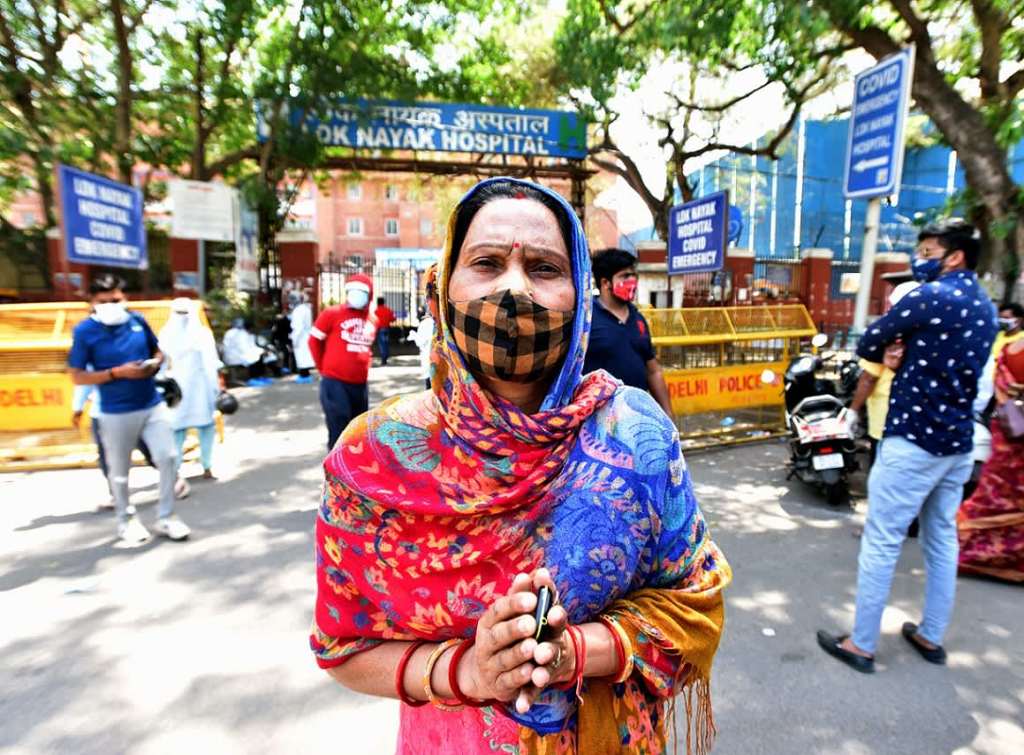The coronavirus pandemic is currently being kept at bay within our borders and relative normality is slowly returning. Outside Australia however, it’s an entirely different story. COVID-19 continues to ravage countries across the world, bringing catastrophic scenes to hospitals around the world the likes of which we’ve never seen over the course of the pandemic.
India is currently leading the world in COVID cases, with almost half of new cases in the world coming from the country. They hit the grim milestone of 300,000 cases a day last week, surpassing America as the country with the most ever COVID cases in a single day. With that number only growing, and hospitals overwhelmed, the country is seeing upwards of 2000 deaths every single day.
The whole world is getting behind India because if India collapses, the world world will suffer. Not only that, it’s one of the biggest humanitarian crises the pandemic has thrown at us. India is using the military to assist in hospitals while sending military planes to neighbouring countries to get essential medical supplies. America, China, Germany, France are offering medical aid while Pakistan, the historic rival of India, is also helping out.
The Australian government is considering sending oxygen and ventilators to the COVID-stricken country as its health system is becoming overwhelmed. At the same time, our country has completely banned all flights from India after a national cabinet meeting on Tuesday to discuss the crisis.
How did this get so bad and why is it really bad news for the rest of us if India continues to spiral out of control?
The Cases

This week, India set a record for highest COVID infections per day, five days in a row. They’re now topping 350,000 official cases per day. Even these shocking statistics are thought to be underplaying the true scope of the crisis however, as the country doesn’t have the best testing system in place.
At the start of March, India was reporting a 7-day-average of just 15,000 cases and in little over two months, they’re looking at 20 times that number. Now, this second wave of the pandemic is ripping through the 1.4 billion people who live in India with no sign of slowing down. It’s less a wave and more a tsunami as the cases have risen so alarmingly fast.
In New Delhi, the capitol of the country, people are dying while waiting in line to see doctors and hospitals have run out of oxygen. Social media is filled with heartbreaking images and videos of family members begging for help for their afflicted loved ones outside of overcrowded hospitals.
Burial grounds and crematoriums are flooded with an unprecedented rush of bodies to deal with. One crematorium worker in Delhi said they burned 110 deceased on Saturday, while the city recorded an official death toll of just 10.
“It is as if we are in the middle of a war,” he said.
India’s Prime Minister, Narendra Modi, has been criticised for underplaying the severity of the pandemic. India had been seen as a country that was handling the crisis well and Modi had boasted that it was the “world’s pharmacy” – referring to the huge amounts of pharmaceuticals that are manufactured there – and well equipped to deal with the virus. He even went as far as to declare victory over the coronavirus back in January .
So, what went wrong? And what does this mean for the 8,000 or so Australian citizens who are still trapped in India?
The Mutations

Currently India is going through an election process, with PM Modi holding huge rallies across the country to drum up support for his party. At the same time, the Hindu festival of Kumbh drew millions of people to the banks of the holy Ganges river to cleanse themselves, many without masks.
Lax COVID safety protocols and a devastated economy with little government support has meant people have had to work. All of this has contributed to a massive surge in cases recently but arguably the biggest factor at play is the COVID mutations rampaging through the country.
India has recorded cases of the Brazilian strain, the UK strain, the South African strain, and the Indian strain of the coronavirus. These are all mutations of the original SARS-COV-2 virus and all are thought to be at least more contagious and some more deadly.
The Indian strain is of particular concern as it is considered to be a “double mutant”, with two mutated characteristics seen in other variants. It is thought to be both more deadly and more transmissable, though no one can know for sure just yet.
The age groups most affected by COVID also seems to be shifting, with younger people now catching COVID in India who weren’t typically affected before. This could indicate that at least some of these mutations and variants are more transmissible amongst young people.
All the variants are a cause for concern as there’s uncertainty around whether the vaccines will be as effective against them. Again, they may or may not be, but we simply don’t know as of yet.
Because of this risk, Australia has barred all flights from India from coming into the country until May 15. Previously we had already cut flights by a third, and with 8,000 Indian-Australians still trapped in the country, it could make things very difficult for them.
Australia’s High Commissioner to India, Barry O’Farrell told Nine that there have been at least 17,000 Australians in India repatriated since the start of the pandemic, but that there are many more with no way out.
Joh Gwynn, the manager of a Facebook group for Australians stranded in India told the ABC that “there’s a real worry that an Australian citizen or an Australian permanent resident might die in India if they can’t get back to Australia.”
It’s worth noting that even during the similarly high surge in the US last year, our governments never considered barring flights from America.
The Help
The ironic tragedy of all of this is that India is the world’s largest manufacturer of vaccines. While their vaccine roll out began in January, they’ve only managed to vaccinate 8.6% of their population with a single dose, and only 1.6% are fully vaccinated. That’s still 117 million people with their first shot. But in a country of 1.4 billion, it’s a drop in the ocean.
If India faced total collapse, the vaccine production would be slowed dramatically for the rest of the world. That means that countries unable to manufacture their own vaccines will see a much longer wait before being able to vaccinate their populations, prolonging the pandemic and risking further flare ups.
Federal Health Minister Greg Hunt has said that India is “literally gasping for oxygen” right now and so Australia is looking to send some of our ventilators to the country. We stockpiled oxygen and ventilators at the start of the pandemic and haven’t used the majority of them so far.
The UK has sent oxygen concentrators – machines that pull oxygen out of the air to keep hospital supplies topped up – and ventilators while the US is sending vaccine materials, and medical equipment. The European Commission is doing similar and Pakistan is offering India a fleet of ambulances.
The world is rally around the stricken nation to help mitigate the soaring COVID numbers and stop the climb turning into a full-blown disaster.
Read more stories from The Latch and subscribe to our email newsletter.







